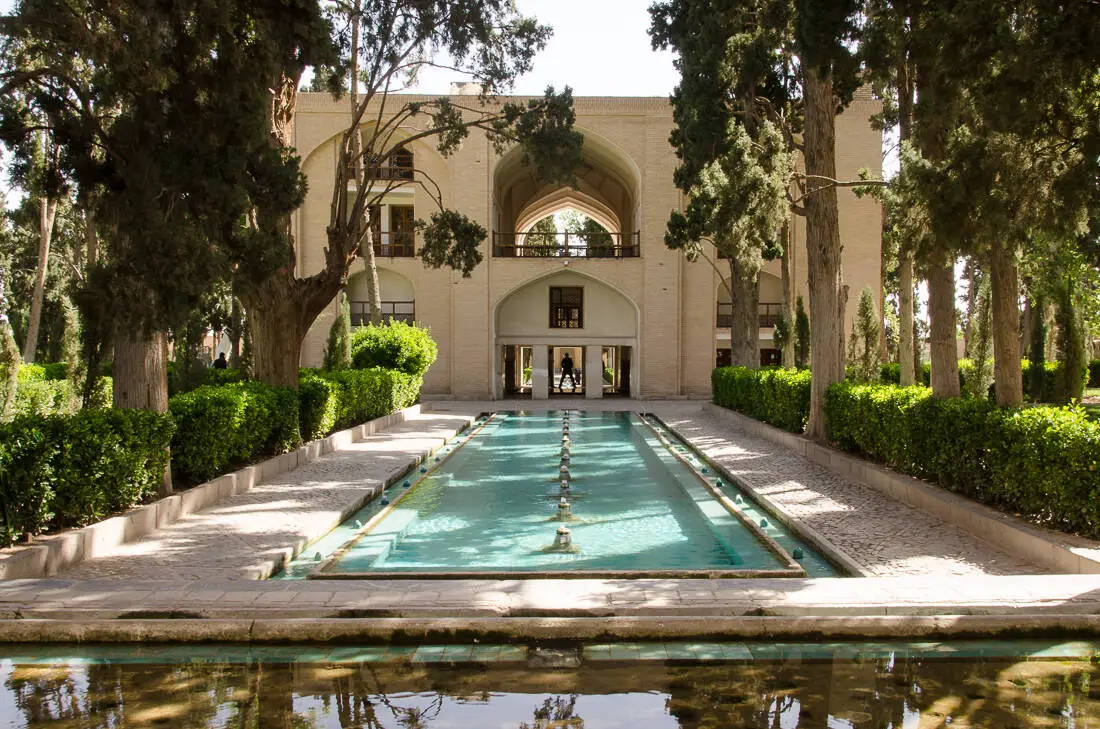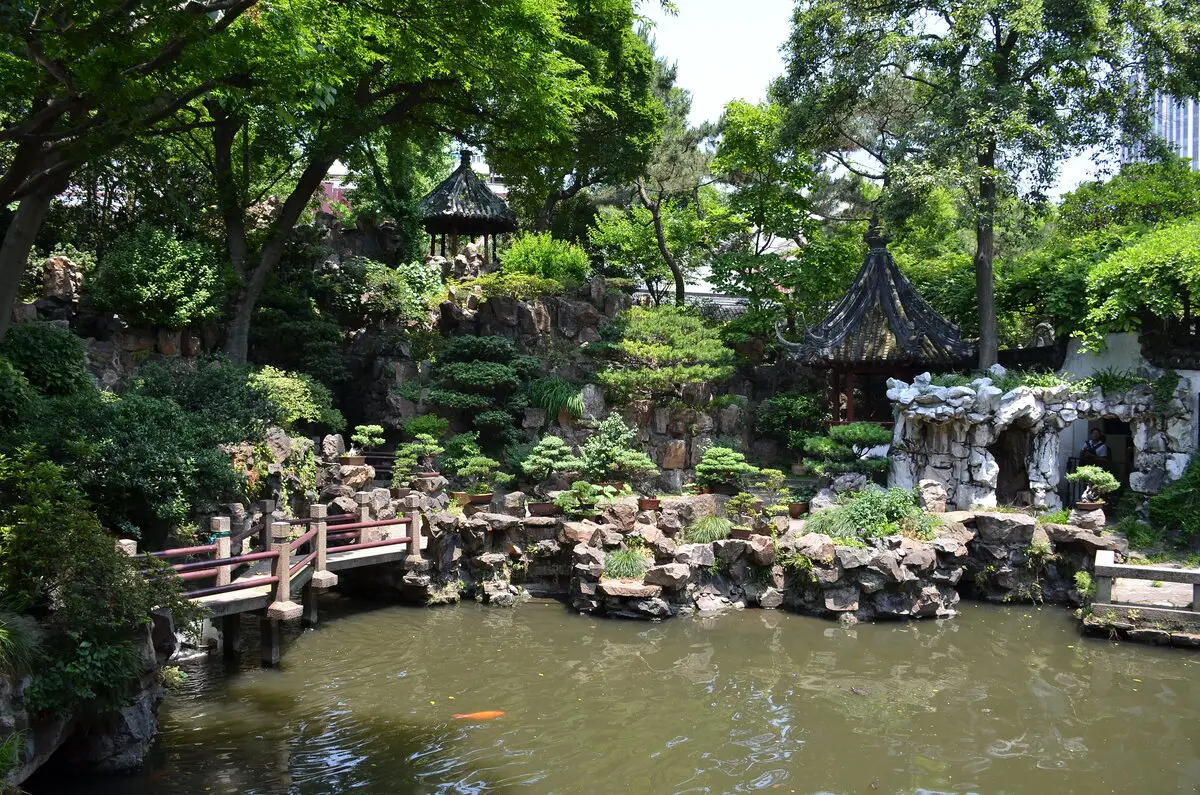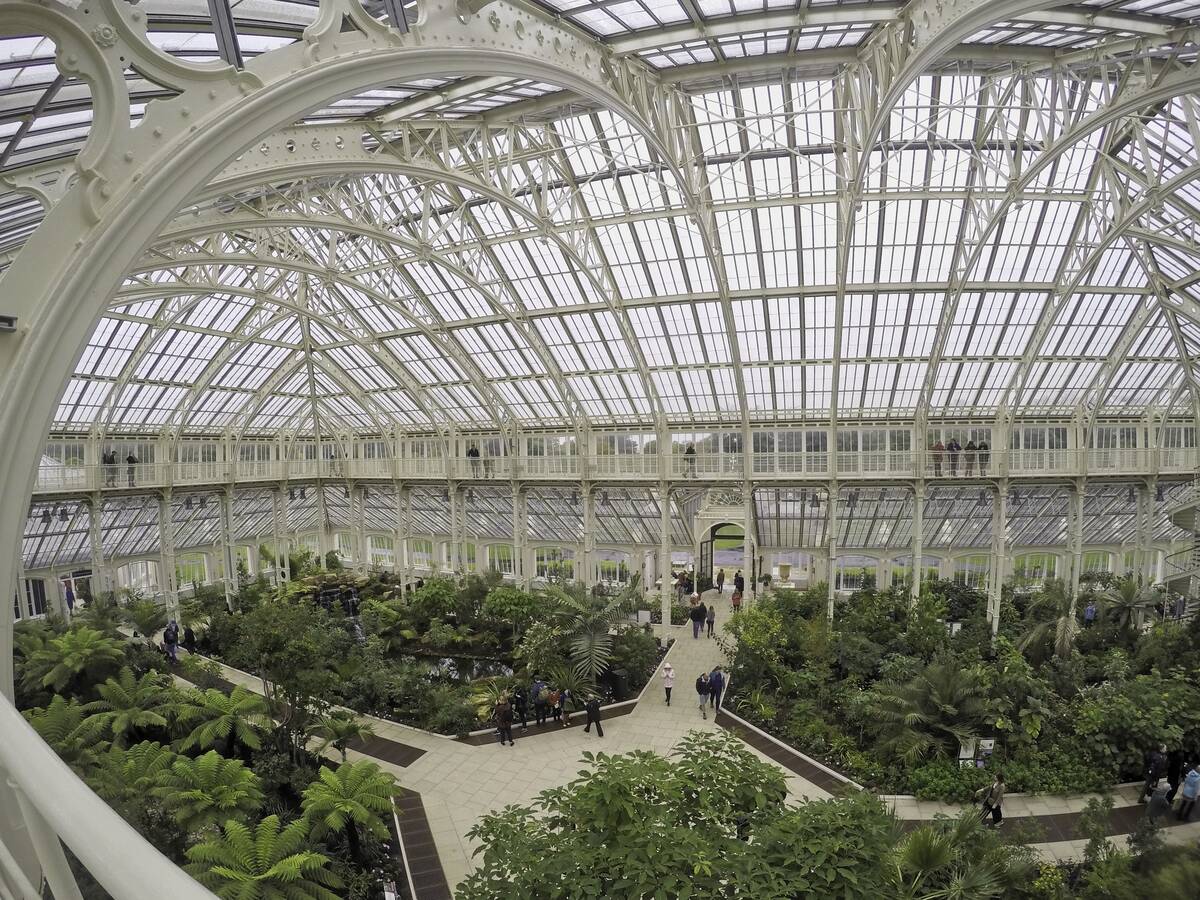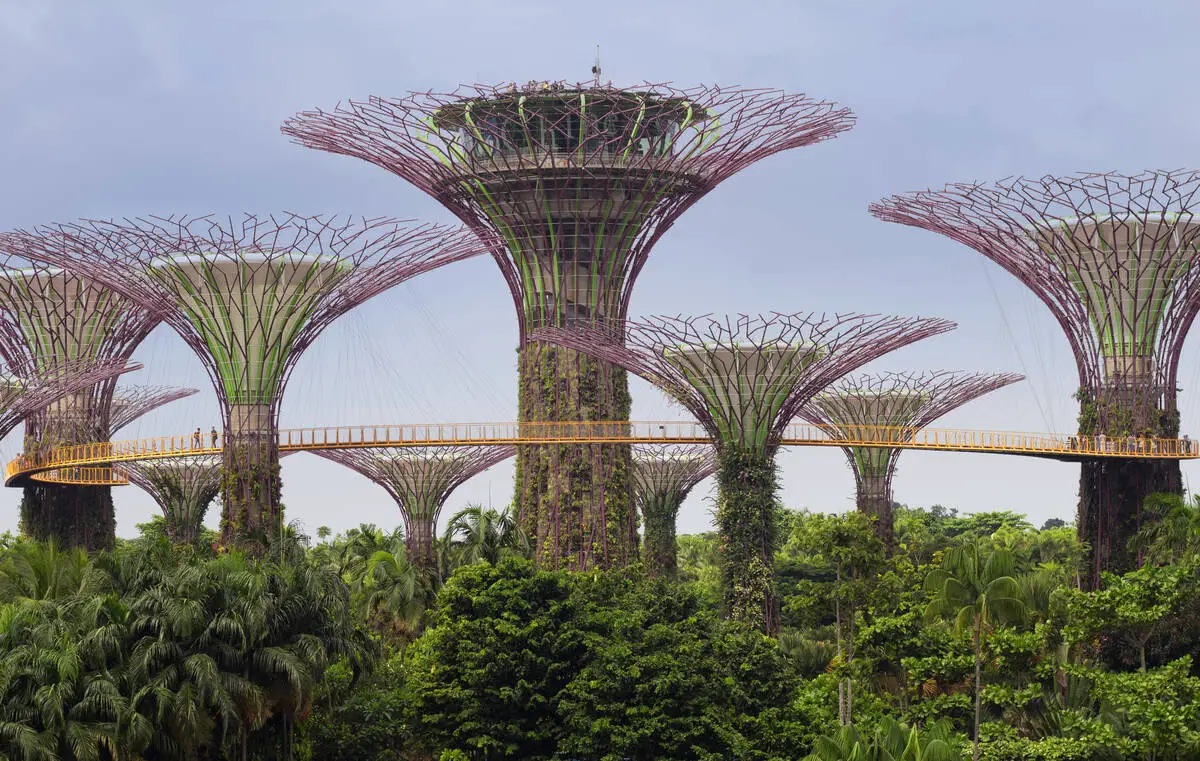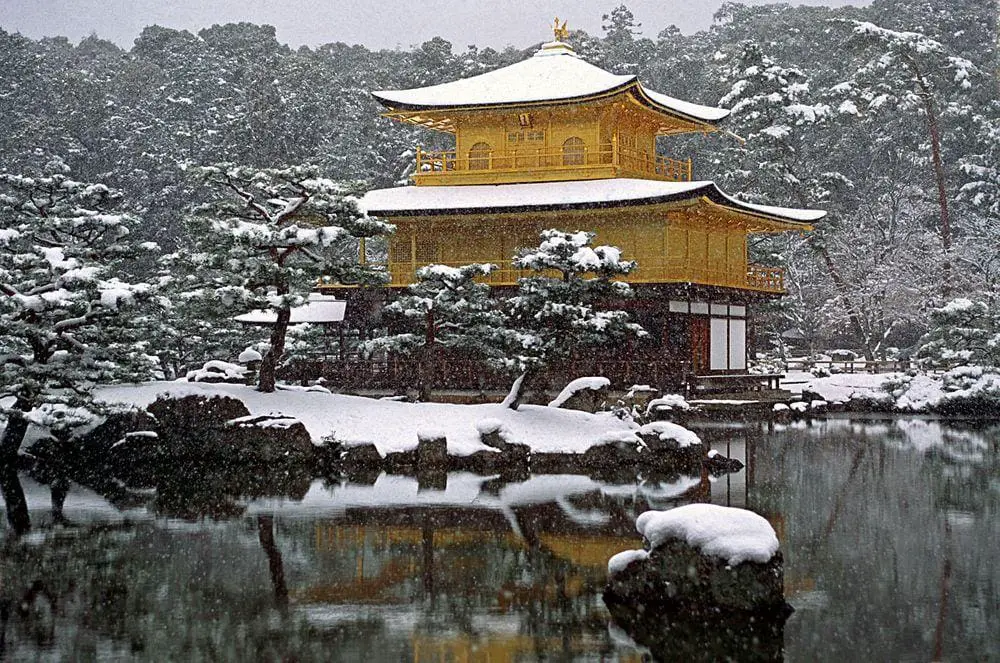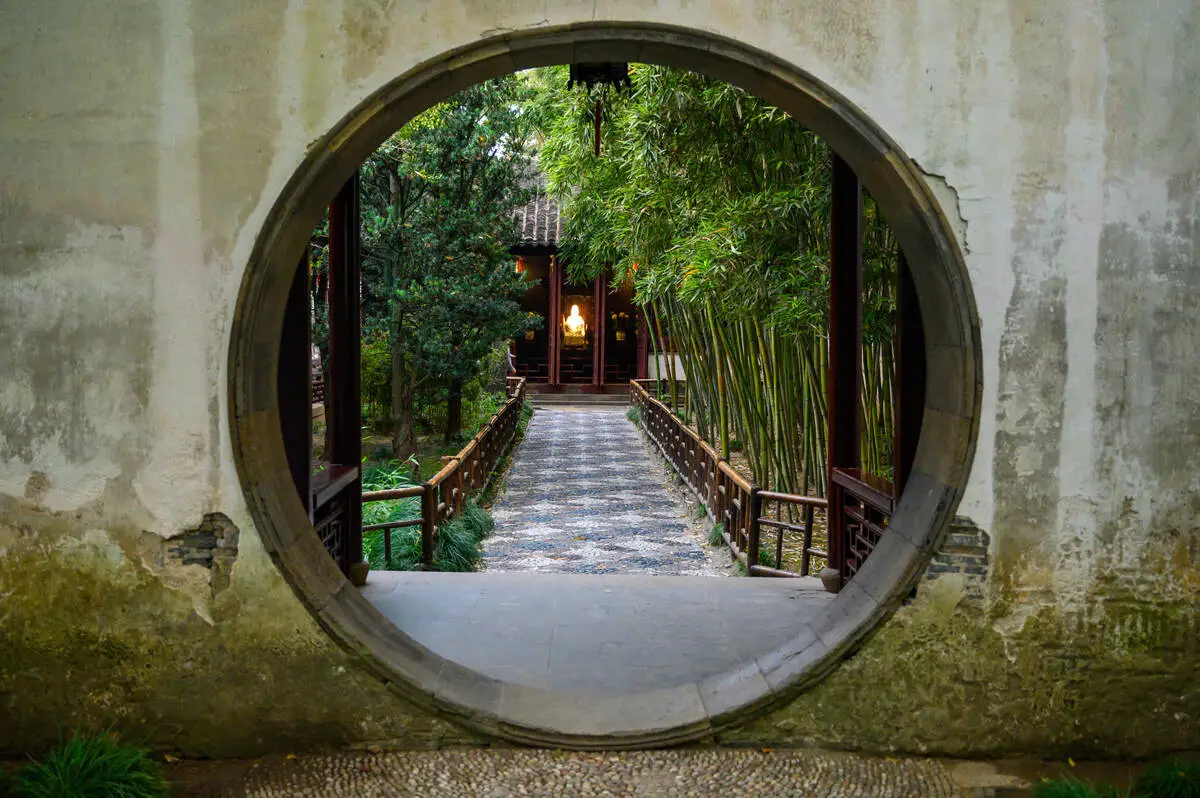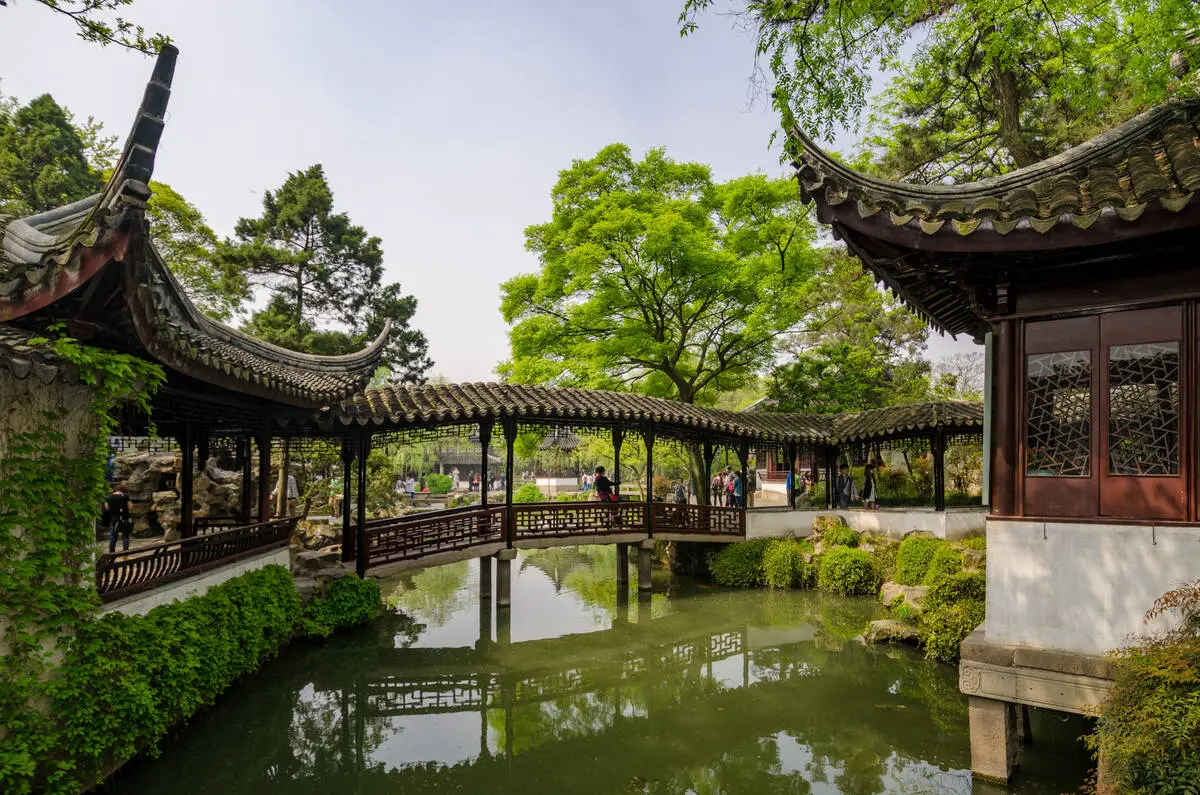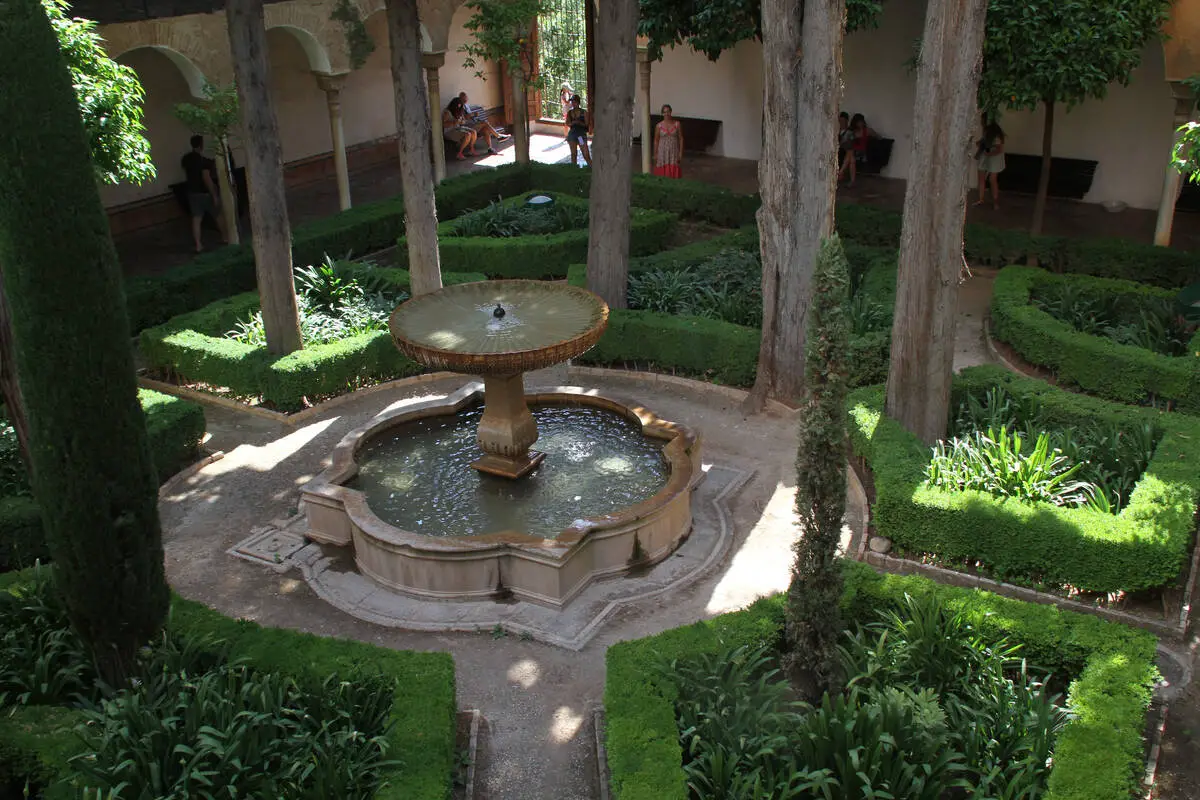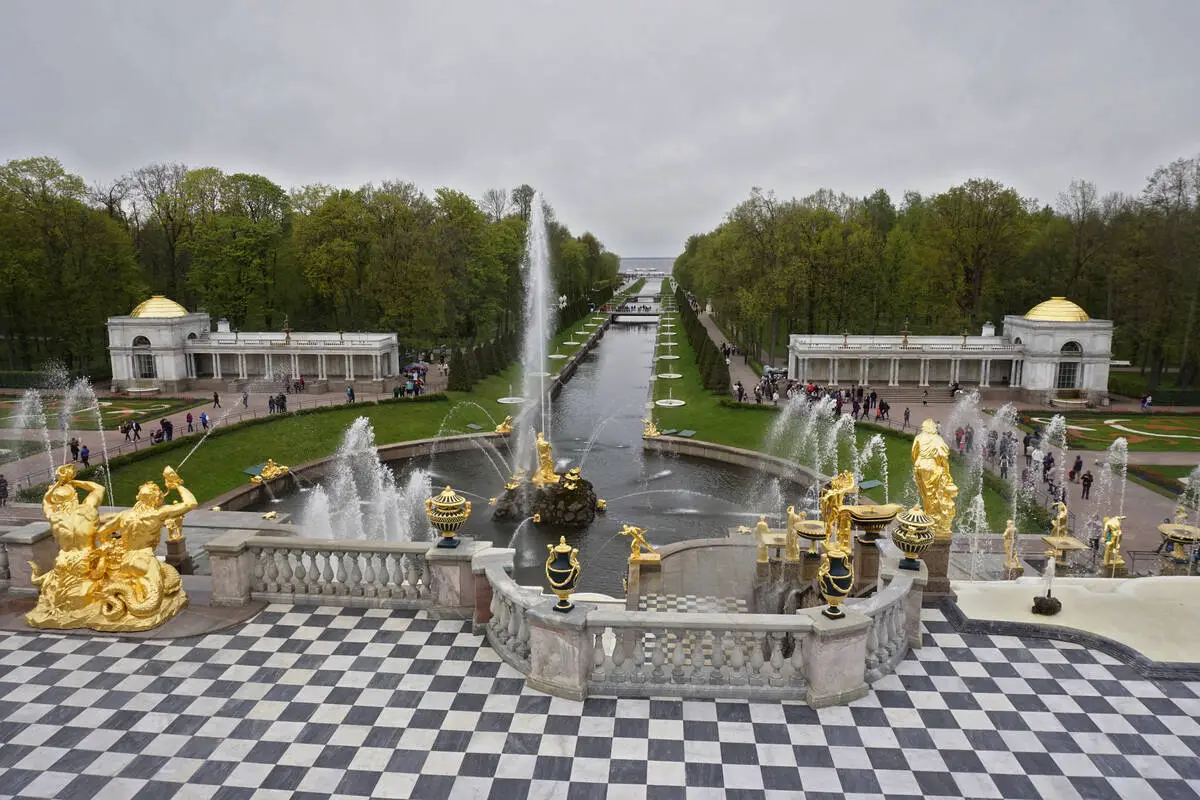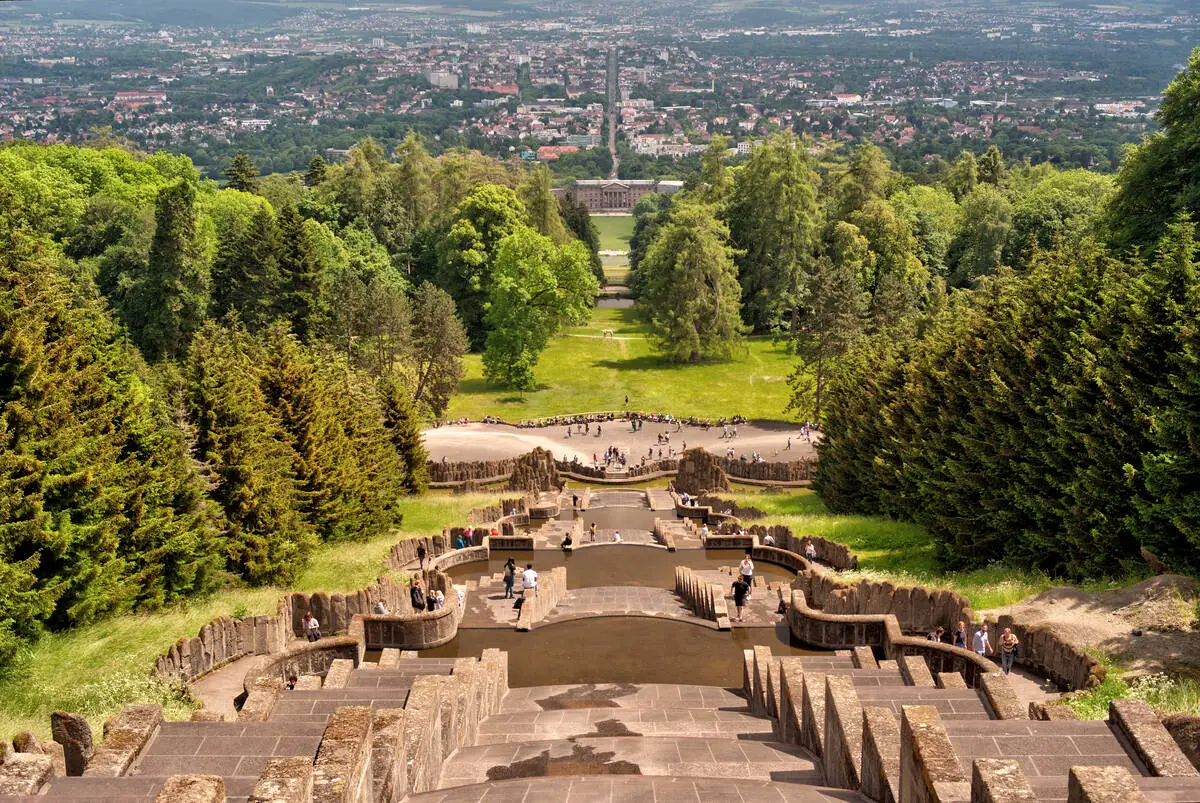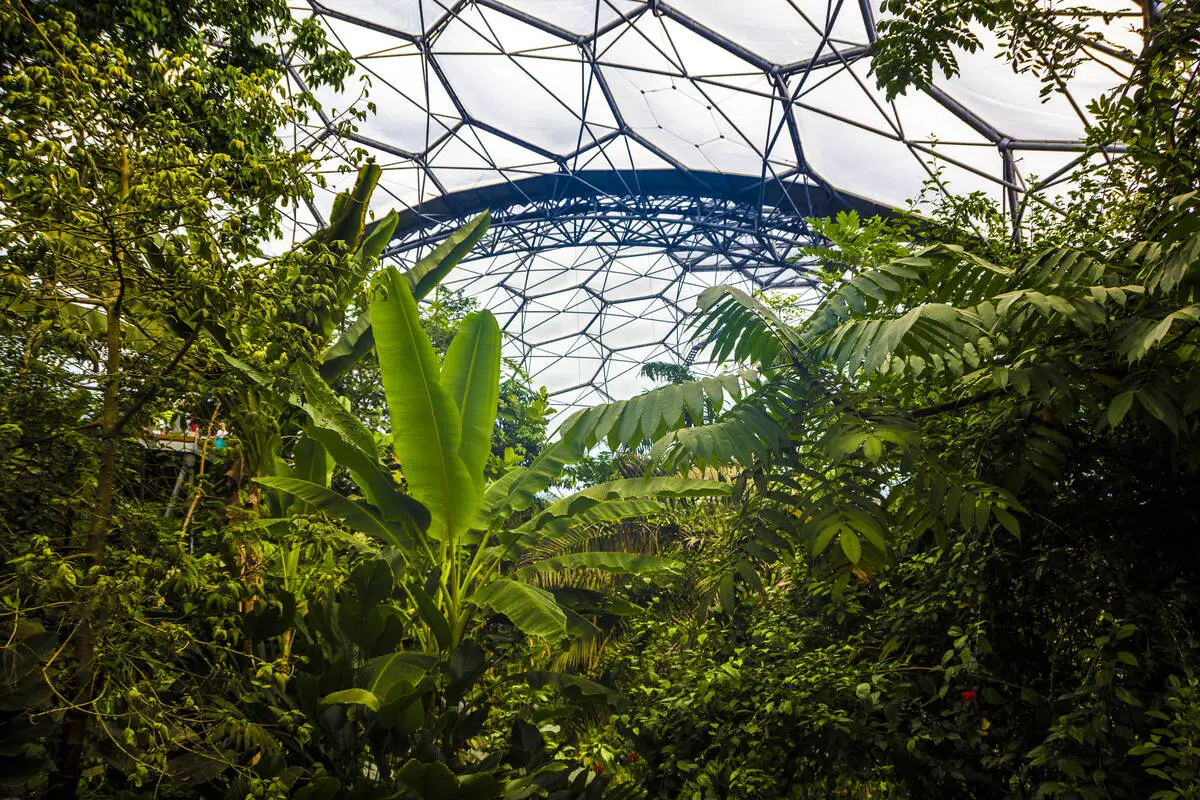Wondermondo 🢖 Categories of wonders 🢖 Architectural wonders 🢖 Parks and gardens
Category
Parks and gardens
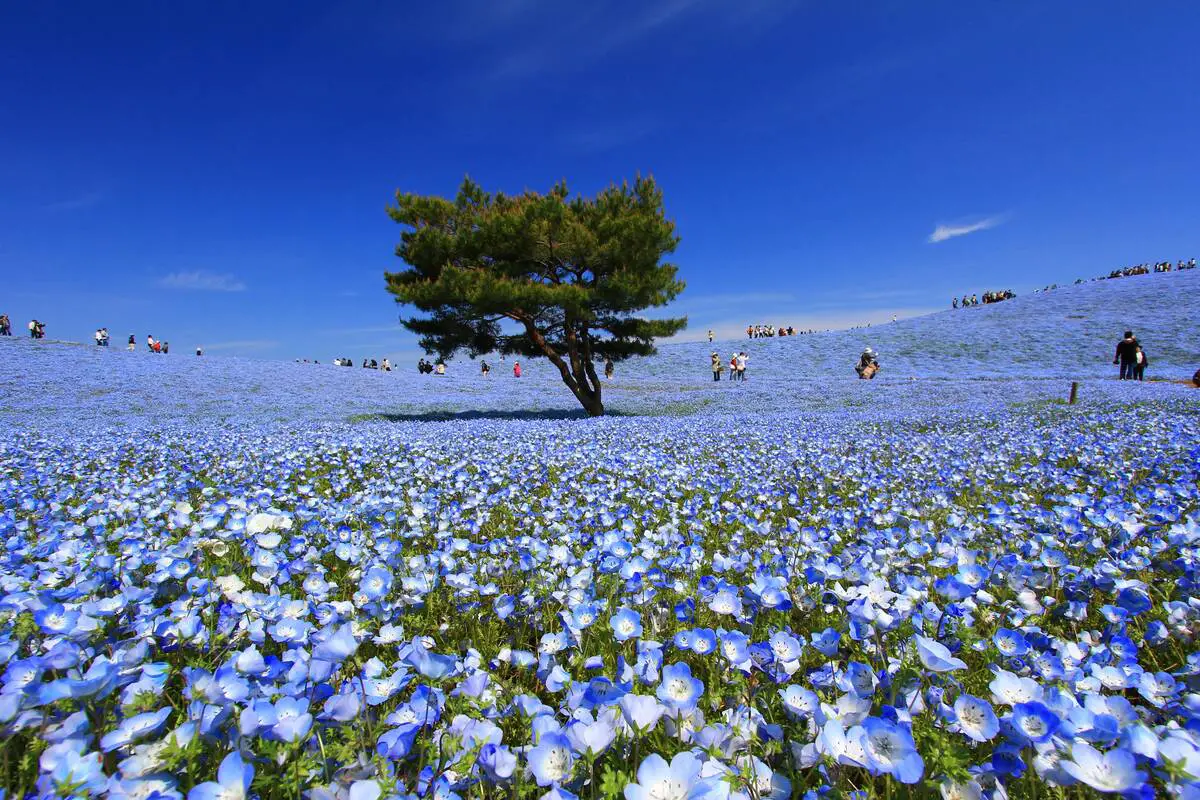
 Described parks and gardens
Described parks and gardens
If you see this after your page is loaded completely, leafletJS files are missing.
 What is included in this category?
What is included in this category?
People like nature… but, equally, they like to create their own environment. Thus, in this category Wondermondo has included man-made landscapes where plants and natural materials (such as rocks, and gravel) play the main role. This category does not include national and provincial parks and other natural areas.
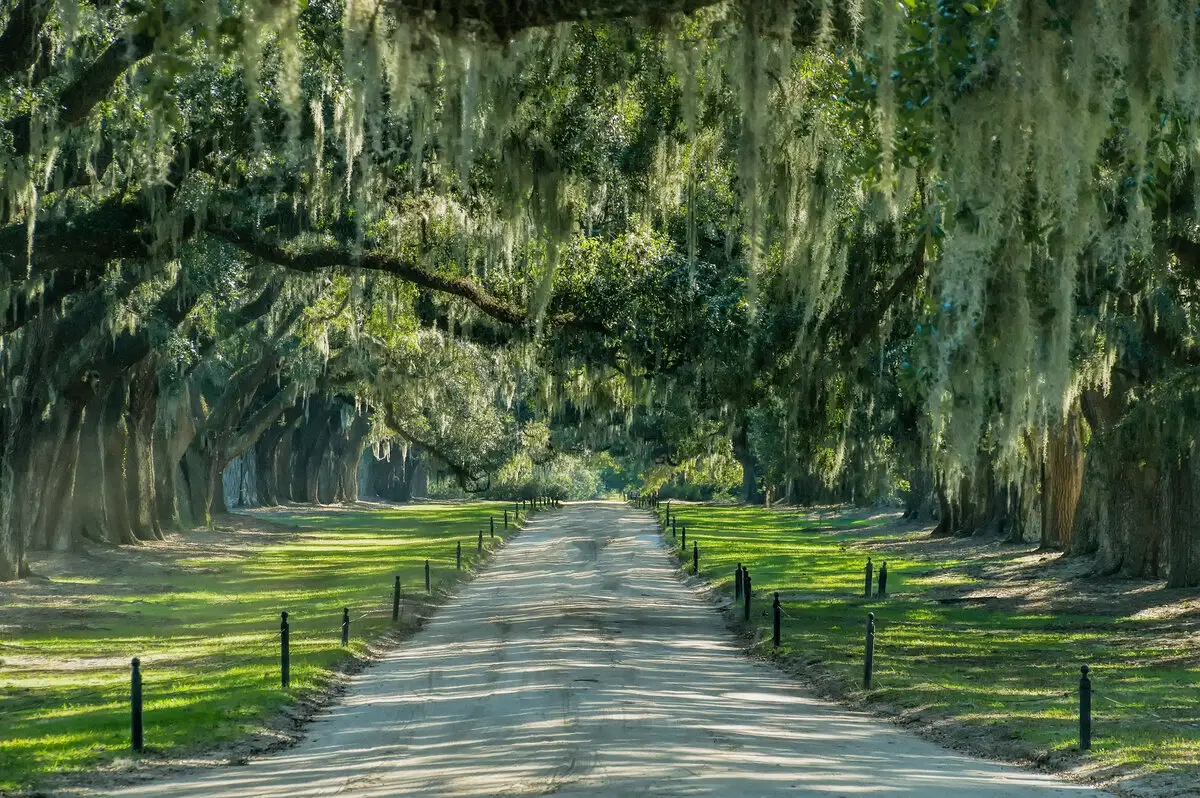
History
Above all, many plants have a practical use for humans. Due to this, already more than 20 thousand years ago people started to plant edible plants closer to their shelters. These were the beginnings of agriculture but also the beginnings of gardening.
No doubt, many food plants are just beautiful: squashes, sunflowers, grapes, and apple trees can adorn any ornamental garden. Nevertheless, purely ornamental gardens evolved only with the rise of the first civilizations of the world. Some of the first gardens were created by wealthy people and some – as sacred groves next to the temples.
Thus, separate traditions in ornamental gardening started in Mesopotamia, Ancient Egypt, Ancient India, Ancient China, Ancient Mexico, and also in Ancient Europe. Most influential has been the Mesopotamian, Chinese, and European traditions.
Mesopotamia
Everyone has heard about two legendary gardens of Mesopotamia: the Garden of Eden and the Hanging Gardens of Babylon. Archaeological research and written sources identify the Court of Palms in Mari (in contemporary Syria) in 1800 BC, there are known other gardens of similar age in the region.
Mesopotamian civilizations developed a courtyard garden tradition and the city garden tradition. These traditions have influenced the planning of the gardens in the whole Near East (such as Bagh-e Fin in Iran), North Africa (Jnan Sbil in Morocco), southern Europe (Alhambra Gardens in Spain), and also India (Taj Mahal Garden). Ancient Mesopotamians to some extent created the city flower bed and square concepts that are used around the world today. To a large extent, it formed the early European gardening traditions.
China
The earliest Chinese gardens were set already in the second millennia BC, during the Shang Dynasty. These were enclosed royal gardens in the valley of the Yellow River.
Chinese gardening turned into a high scholarly art around the 2nd century BC, based on the philosophical teachings of Confucian and Tao philosophy.
Today there are many outstanding Chinese traditional gardens in China but their achievements spread outside China as well.
Around the 6th – 7th century AD this art reached Japan and the Japanese created their own, indigenous gardening arts that continue to amaze the world up to this day. These traditions include the art of the creation of Zen Gardens, bonsai, cloud trees, and moss gardens, but above all: the specific way of thinking behind this gardening tradition, where everything is somewhat artificial but at the same time: harmonious.
Amazing gardening traditions evolved in Korea as well. To some extent, Chinese traditions have influenced the ornamental gardens in South-East Asia as well.
Europe
In Europe ornamental gardening started in Ancient Rome around 150 BC. Initially, it was influenced by Greek, Persian, and also – Egyptian traditions. The Roman tradition lived and evolved during the Byzantine period.
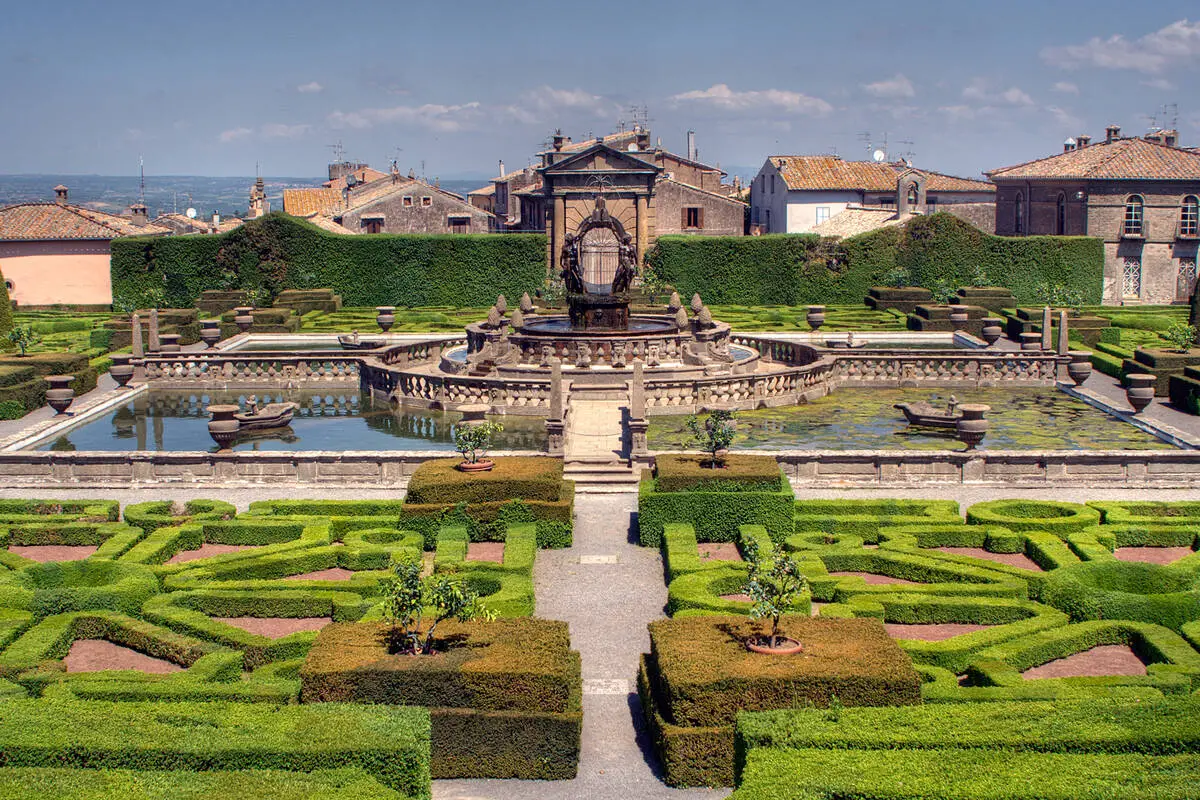
A true, sophisticated European gardening tradition started in the Renaissance times in Italy when the Italian Renaissance gardening emerged in the late 15th century and continued until the late 16th century. These gardens demonstrated the power and influence of their owners and were adorned with outstanding works of art and engineering – sculptures, fountains, and artificial waterfalls. Italian Renaissance gardens were symmetrical, with shrubs and trees formed in geometrical forms.
From Italian traditions evolved the French formal gardens – a Baroque tradition (early 17th century – late 18th century) that represented the power of humans over the forces of nature. These gardens were formed in harmony with the architecture of palaces and represented a strict order.
Third influential tradition of European gardens is English landscape garden (late 18th – 19th centuries). These gardens imitated a harmonious natural landscape where humans just added some masterful accents – a folly (decorative structure), and a carefully moved lawn. This style was additionally inspired by Chinese gardening traditions during the 19th century.
Development of science during the Renaissance period and then Enlightenment led to the development of botanical gardens. These are scientific collections of plants. Plant research there is supplemented by indoor science: herbariums, libraries, and also – laboratories. The first scientific botanical gardens evolved in Renaissance Italy but today botanical gardens are not just scientific institutions but serve for education and recreation and often are used as cultural venues.
Some records
- The largest flower garden (the number of flowers) in the world could be Dubai Miracle Garden in the United Arab Emirates. Over the area of 7.2 hectares are planted some 50 million flowers and 250 million other plants.
- The largest flower garden (by the area) in the world could be Keukenhof in the Netherlands. This garden has an area of 32 hectares and each year there are planted some 7 million bulbs of flowers.
- The largest number of living plant species is in Kew Royal Botanical gardens (United Kingdom). There grow 16,900 species of plants, but, if all the sorts and varieties are included – 21,843 kinds of plants.
- The oldest scientific botanical garden in the world is Orto Botanico di Padova (1545). Orto Botanico di Pisa (1544) is one year older but some decades after its establishment this garden was moved elsewhere, to its present location.
- The oldest existing royal park in the world could be Mahamevnāwa in Anuradhapura, Sri Lanka. It was set by King Mutasiva during his reign in 367-307 BC.
- The largest rose garden in the world could be Europa-Rosarium in Sangerhausem (Saxony-Anhalt, Germany). Its collections contain more than 6,300 taxons of rose cultivars including more than 500 wild rose species. In total there are more than 75,000 rose bushes.
- The largest collection of conifers in the world could be in the Bedgebury National Pinetum in Kent, United Kingdom. Over the area of 130 ha, there grow more than 10,000 trees. There are some 2,300 species and varieties of conifers including many extremely rare species.
- The world’s biggest greenhouse is Eden Project in Cornwall, United Kingdom. The Tropical Biome greenhouse covers 1.56 ha and contains the largest indoor rainforest in the world.
 Top 25 parks and gardens
Top 25 parks and gardens
Asia
Gardens by the Bay
Singapore
Three beautiful waterfront gardens: Bay South Garden, Bay East Garden, and Bay Central Garden. One of the national icons of Singapore, developed in 2005 – 2012. Includes such amazing structures as the Flower Dome (the world’s largest columnless glasshouse with a Mediterranean climate), Supertrees Grove (25 and 50 m tall tree-like structures – vertical gardens), the amazing Cloud Forest Dome, and others.
Summer Palace (Beijing)
China
A masterpiece of the Chinese landscape garden design – a hilly forest park at the lake. It was developed in 1750 AD and includes numerous buildings – temples, palaces, and garden architecture.
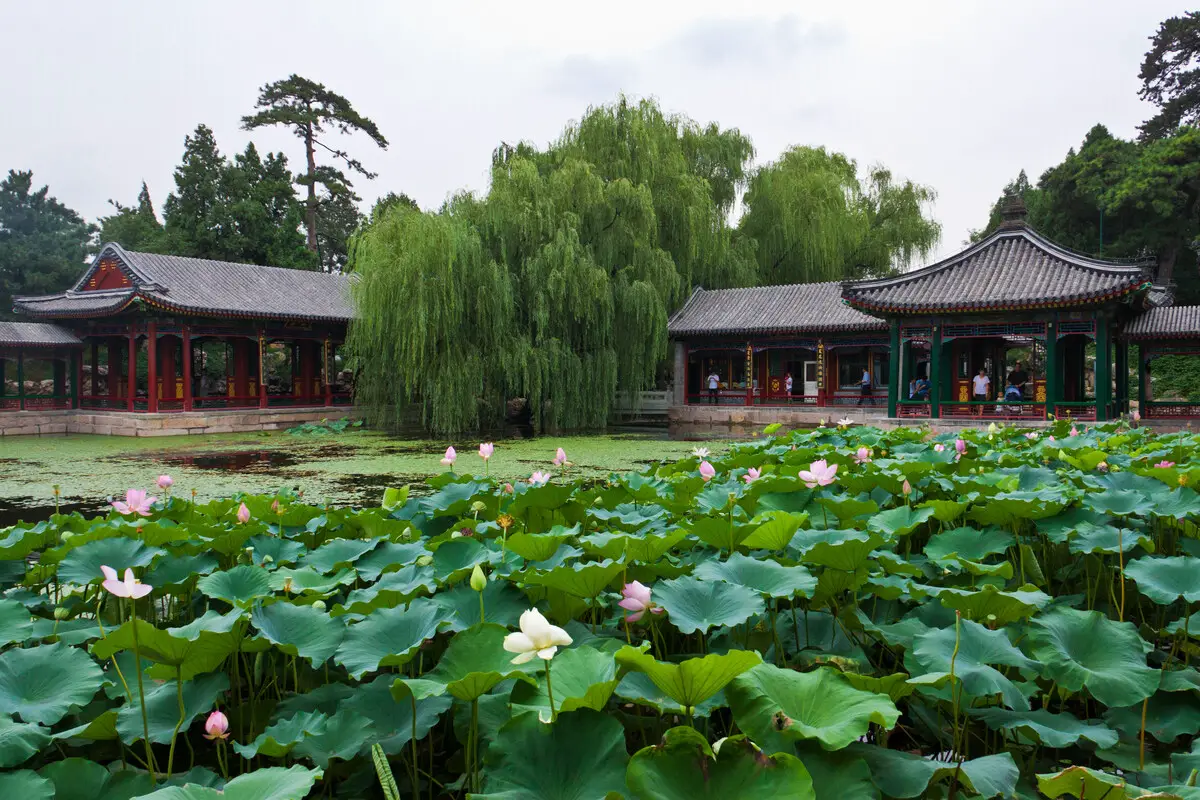
Kenroku-en
Japan
One of the three great gardens in Japan, developed in the 1620s – 1840s. One of the most beautiful gardens in the world.
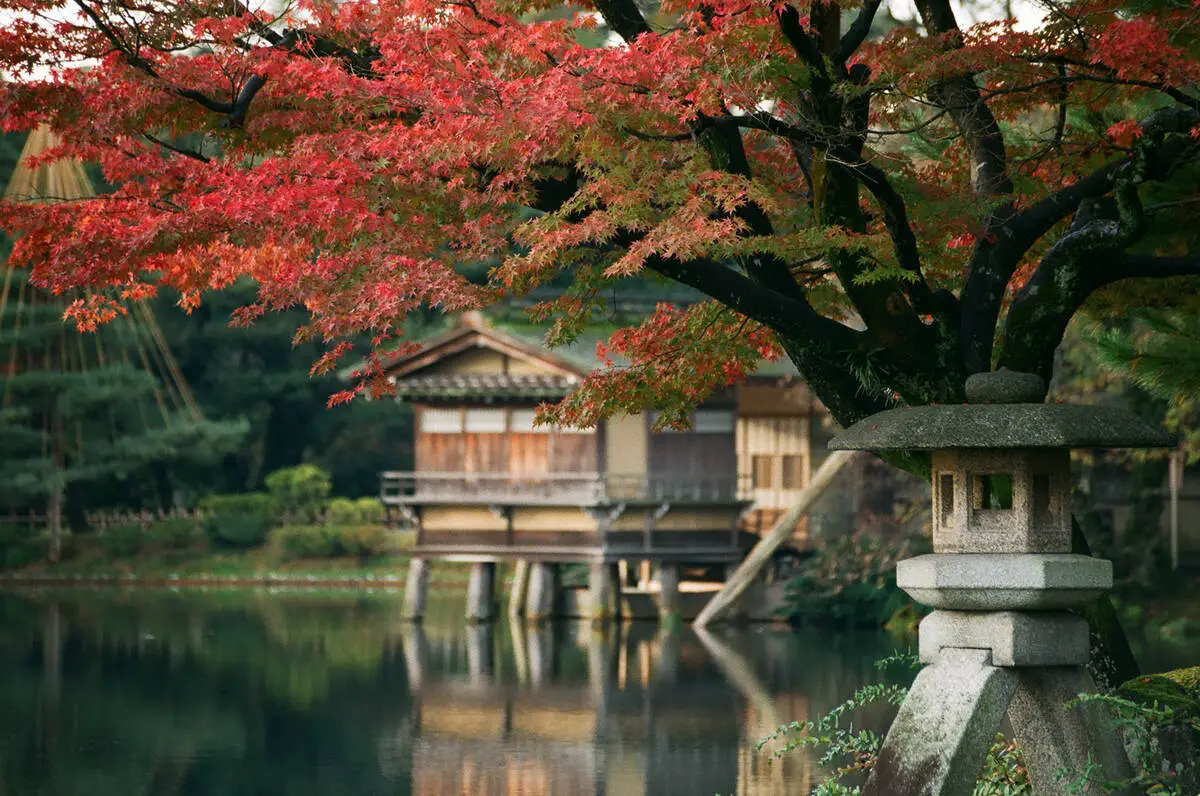
Ryōan-ji (Ryoan-ji)
Japan
A Zen Buddhist temple, renowned for its dry rock garden from the late 15th century. In this garden are located 15 boulders but only 14 can be seen from any angle. Only the enlightened are able to see the 15th one.
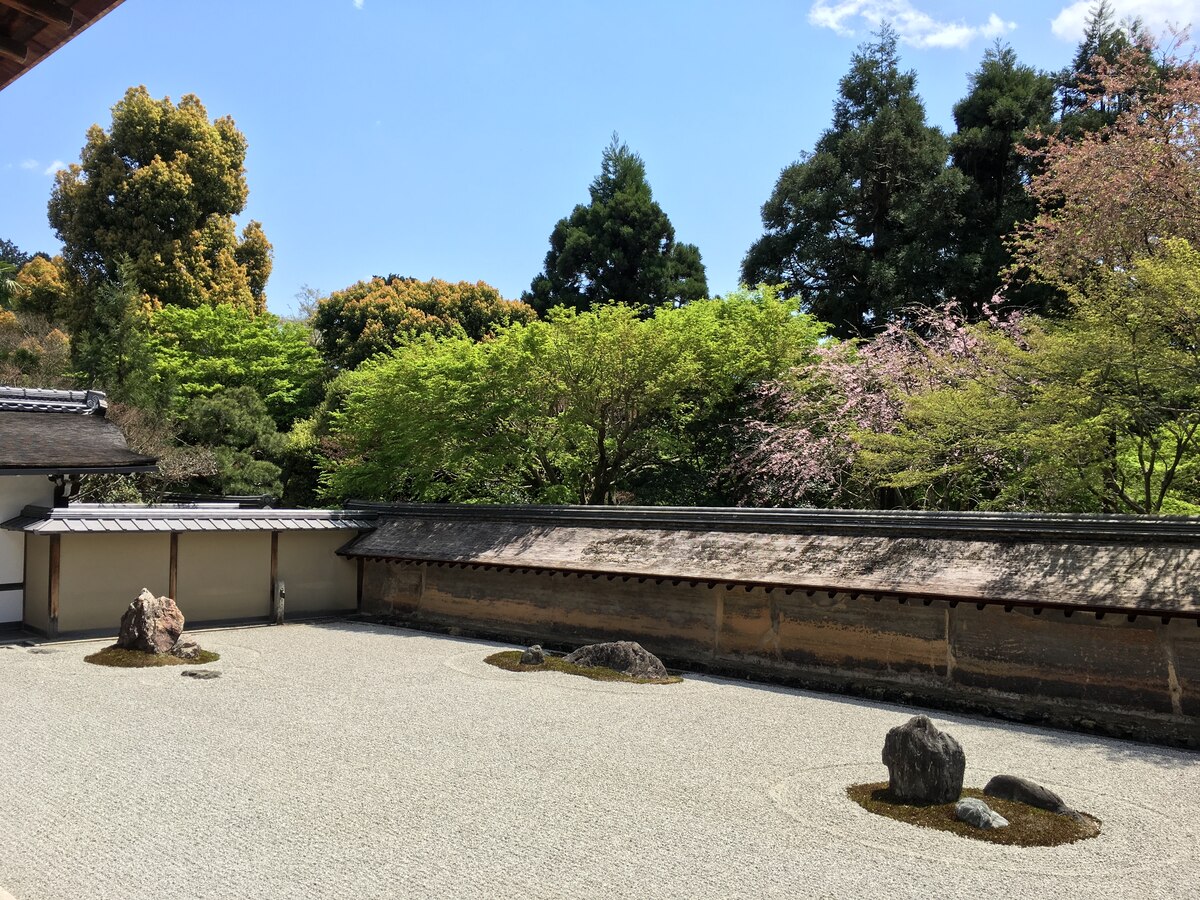
Master of the Nets Garden, Suzhou
China
A beautiful traditional Chinese garden uniting the beauty of plants, architecture, water, and works of art. Development of this 0.54 ha large garden started in 1140.
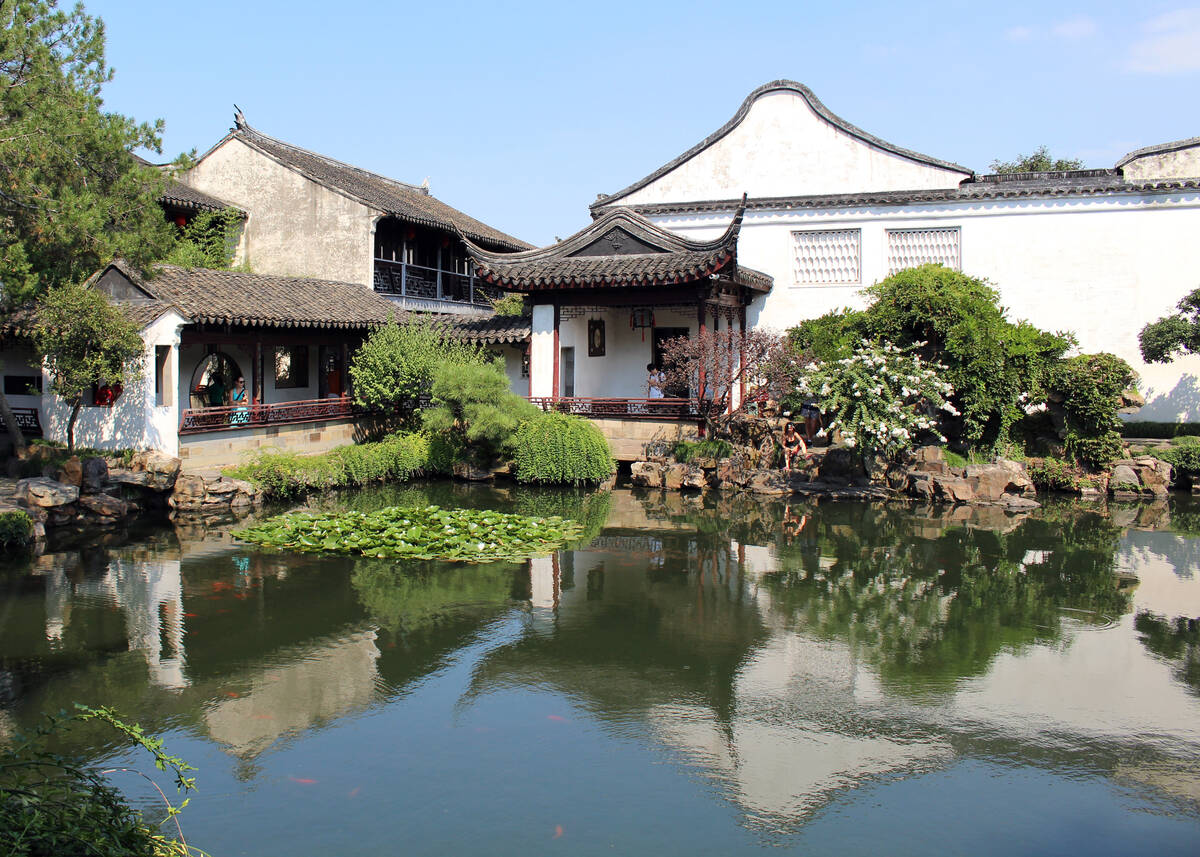
Kinkaku-ji gardens
Japan
One of the most beautiful gardens in Japan. It is set sometime during the 14th – 16th centuries around a gold-covered Zen Buddhist temple. This garden is set in harmony with the temple. An important feature is a pond with 10 islands, symbolically representing famous places.
Chengde Mountain Resort
China
The largest existing imperial garden in the world. In the garden is an enormous complex of administrative and ceremonial buildings. Developed in 1703 – 1792. Includes Putuo Zongcheng Temple modeled after the famous Tibetan Potala Palace and Puning Temple – an enormous temple complex constructed in 1755. It also contains the world’s tallest wooden sculpture, 22.28 meters tall.
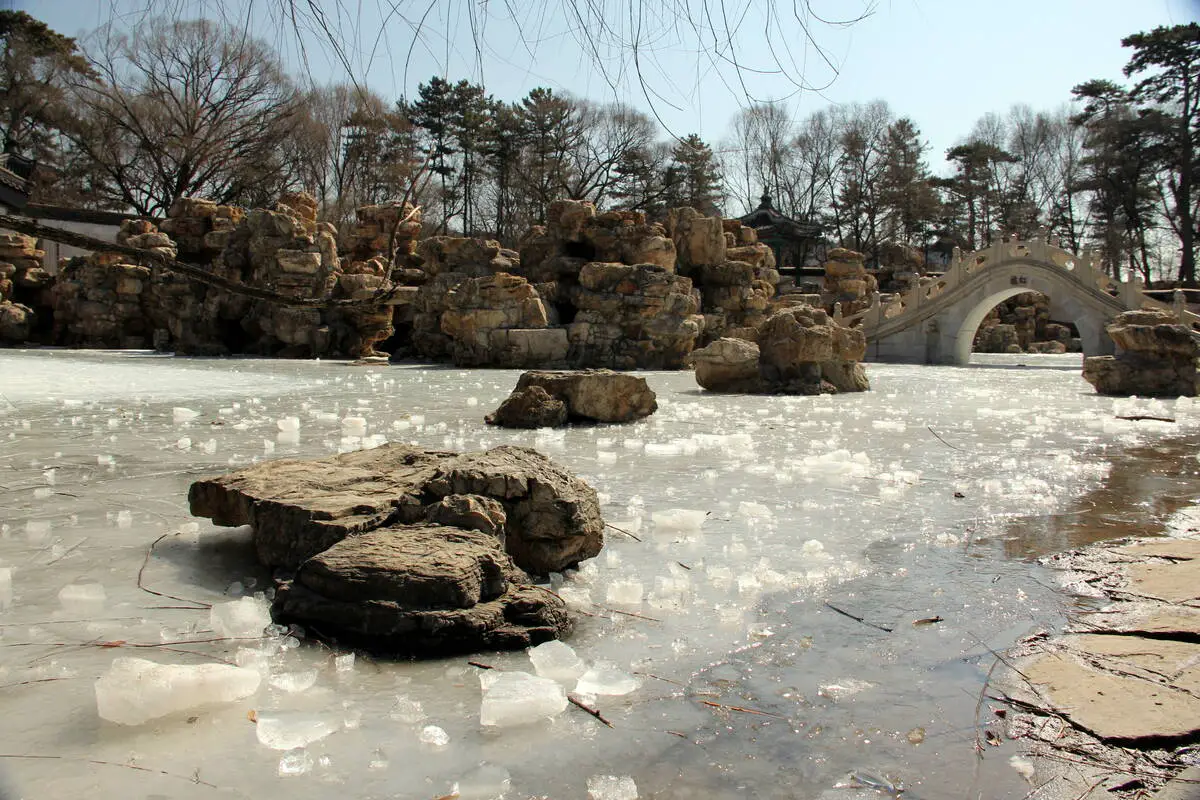
Kōraku-en (Koraku-en)
Japan
One of the Three Great Gardens of Japan. It was set in 1687-1700 by the lord of the nearby Okayama Castle.
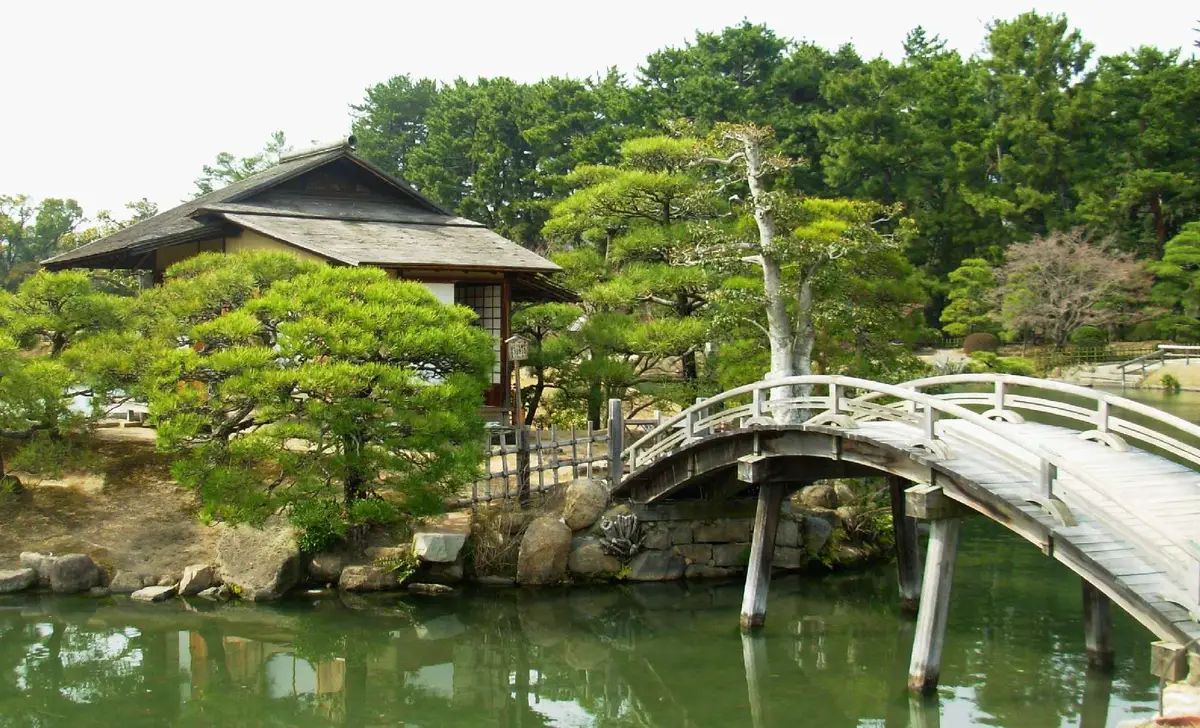
Lingering Garden, Suzhou
China
Beautiful classical Chinese garden in Suzhou City. It was set in 1593. The garden contains so-called Scholar stones – stones of peculiar form. This garden is of huge cultural importance also due to the traditional performances in it.
Ashikaga Flower Park
Japan
Beautiful garden with numerous flowers. Especially beautiful are the diverse wisterias that are flowering in May. Many wisterias there are more than 100 years old and form unusual tree tunnels with millions of flowers – Tunnel of Love. A magnificent feature is some 160 years old wisteria tree.
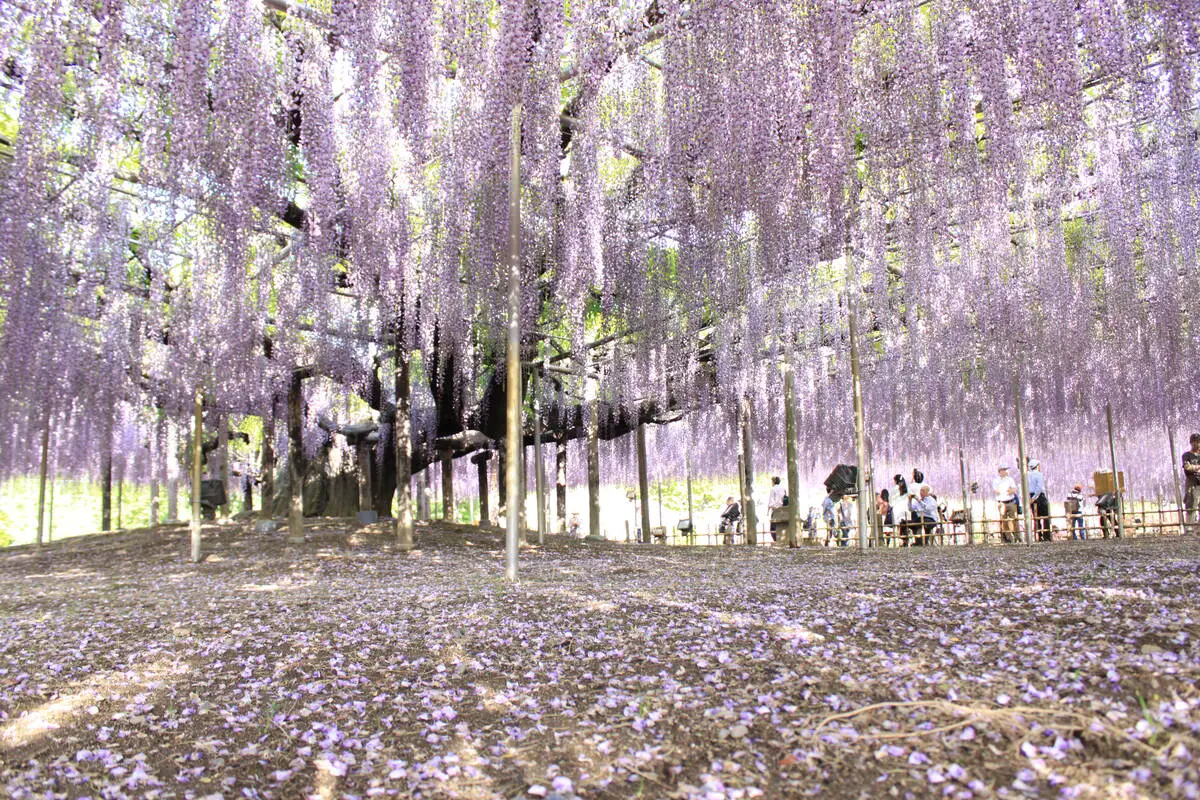
Humble Administrator’s Garden, Suzhou
China
One of the nine UNESCO World Heritage gardens in Suzhou. This garden is 5.2 ha large and was gradually developed since the 12th century, but in the current form – in 1526 (with later modifications).
Europe
Gardens of Versailles
France
Possibly the finest example of French Garden design – a Baroque-style representation in landscape architecture. Includes a complicated hydraulics system. Gardens contain approximately 1,400 fountains and 300 statues.
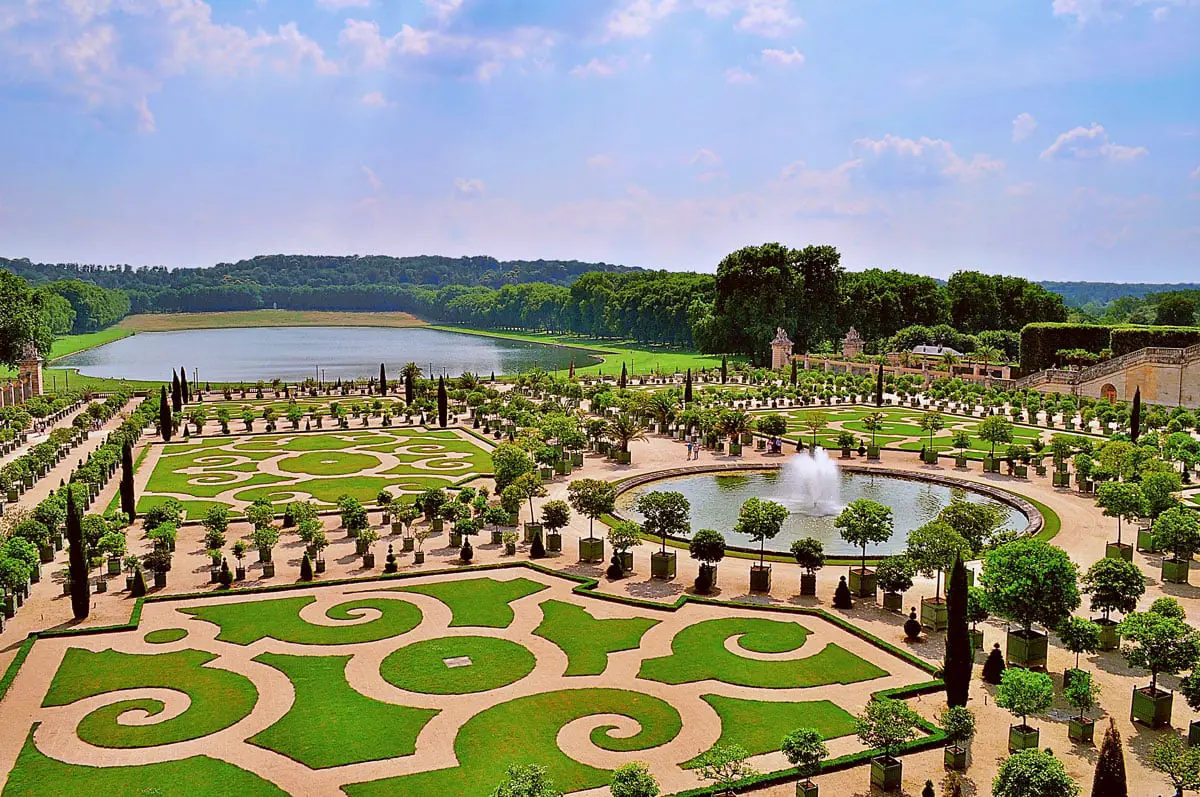
Alhambra gardens
Spain
The beautiful gardens in Alhambra are intertwined with the numerous buildings of this castle and palace complex. Gardens are divided into numerous compartments and were available to certain groups of people.
Park Güell (Park Guell)
Spain
A unique garden that is filled with Art Nouveau architecture designed by Antoni Gaudi, developed in 1900 – 1914.
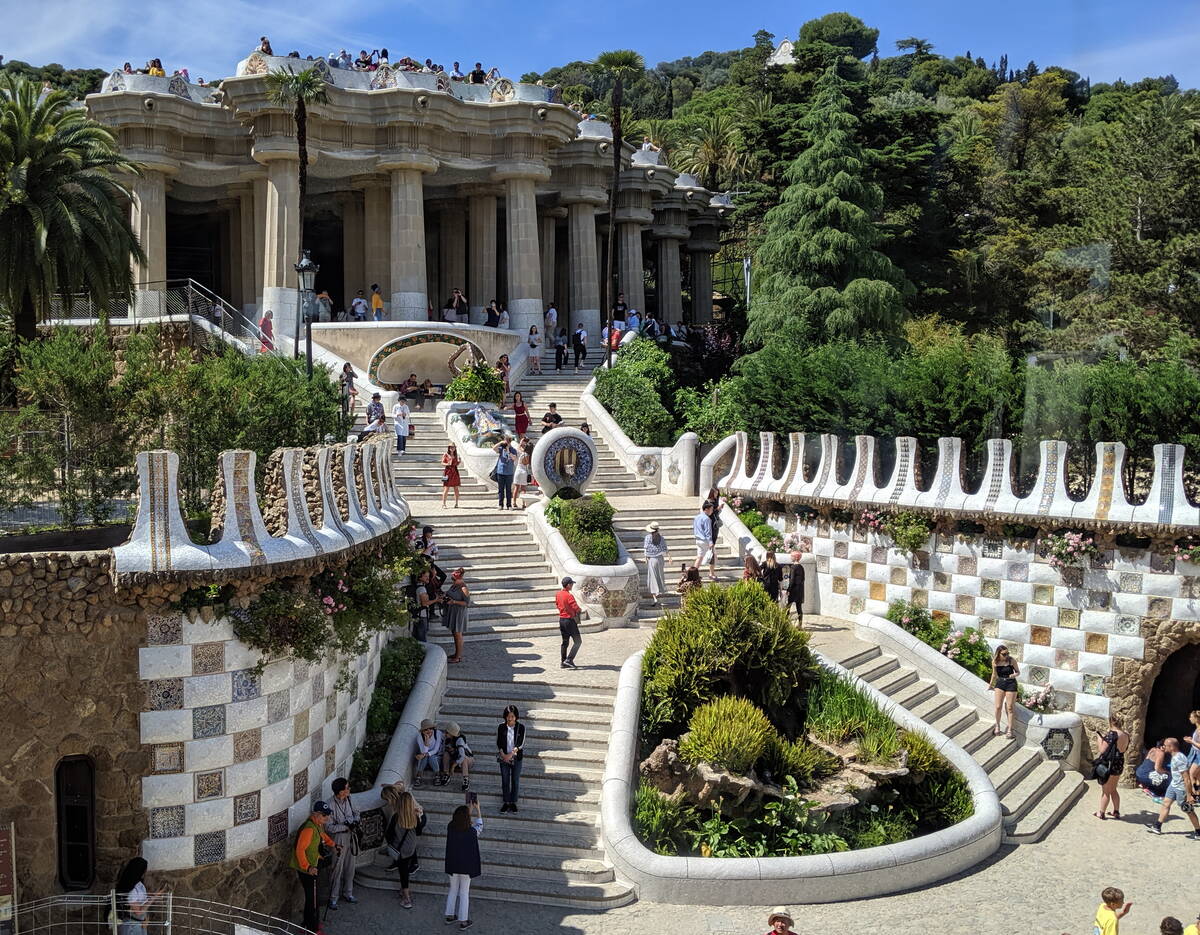
Keukenhof
Netherlands
World’s largest flower garden where annually are planted some 7 million bulbs over an area of 32 hectares. In spring, during the bloom, this is one of the most popular tourist destinations in the Netherlands.
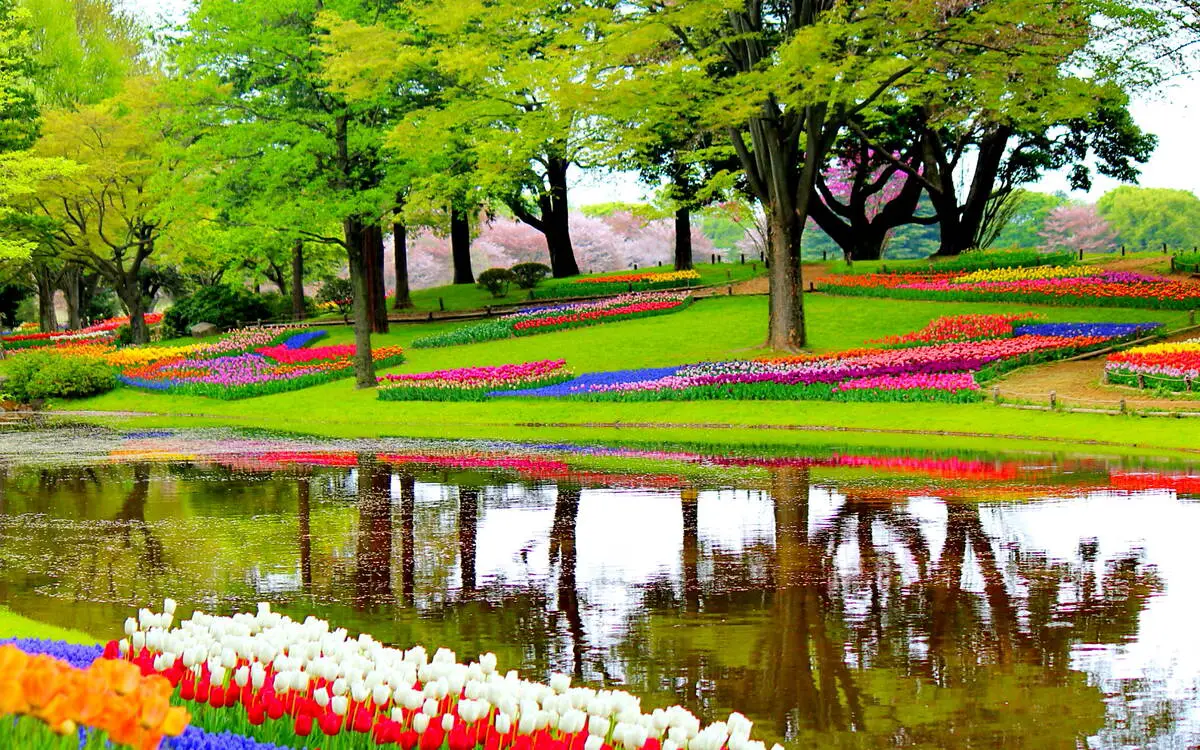
Lost Gardens of Heligan
United Kingdom
Some of the most interesting botanical gardens in the United Kingdom. This park with its rich plant collections was set in the 18th – 20th century. Especially surprising is a ravine with old tree ferns, aptly called „The Jungle”.
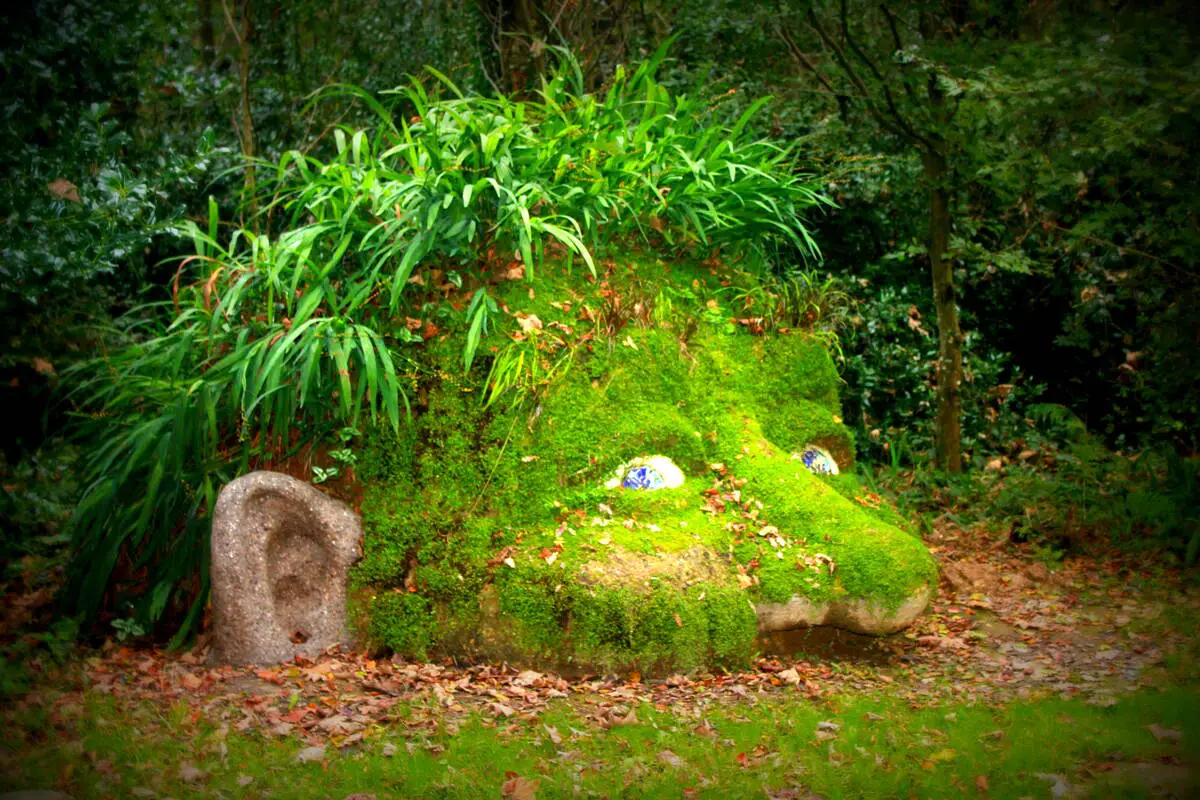
Garden of Villandry palace
France
One of the most beautiful palace gardens in Europe. Developed in 1906, includes earlier Renaissance gardens.
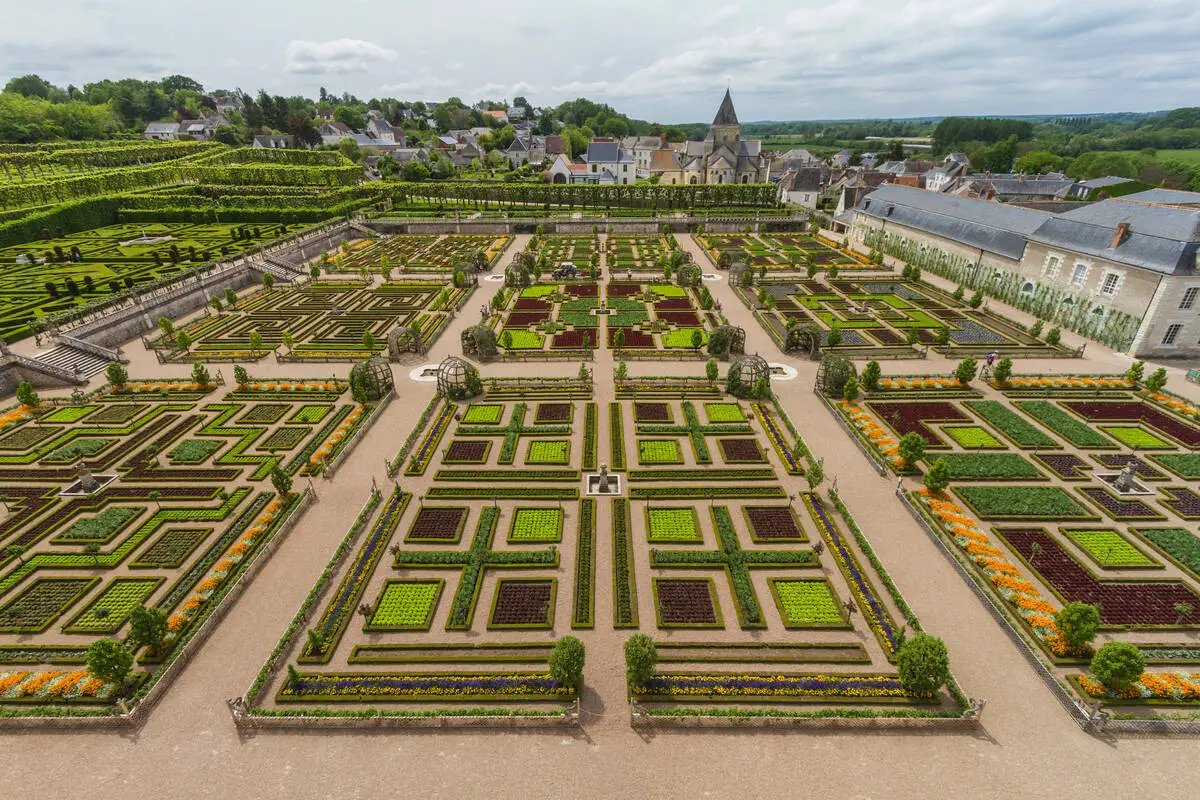
Peterhof Palace garden
Russia
A beautiful regular garden around one of the world’s most spectacular palaces. Spectacular are the numerous fountains with gilded sculptures that are powered by groundwater pressure.
Bergpark Wilhelmshöhe
Germany
One of the most impressive Baroque parks worldwide, the largest hillside park in Europe. Developed in 1696 – 1850. Includes numerous unique examples of landscape architecture – Roman aqueduct with 43 m tall artificial waterfall, giant, 250 m long cascades. Contains the 70.5 m tall Hercules Monument.
Garden of the Episcopal Palace in Castelo Branco (Jardim do Paço Episcopal)
Portugal
A beautiful garden with numerous topiaries – shrubs that are cut into a certain form. This is a regular garden, one of the most outstanding Baroque gardens in the world.
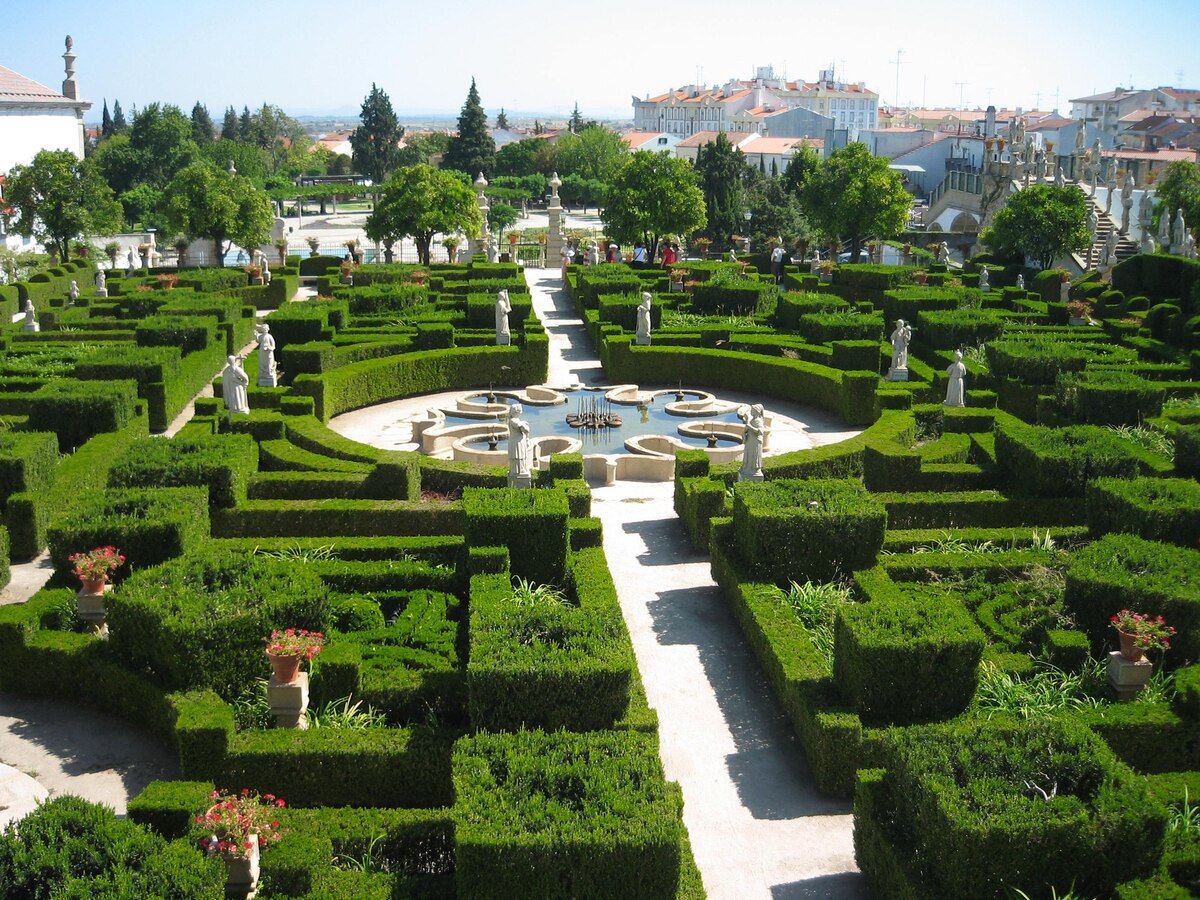
Eden Project
United Kingdom
World’s largest greenhouse – a group of artificial biomes with plants collected from all around the world. It opened in 2001. Greenhouses are built of inflated plastic cells on a steel frame. Currently, there are two systems of greenhouses – Tropical forest (1.56 ha) and Mediterranean Biome (0.654 ha). There is also an outdoor biome for plants in the temperate zone.
Sanssouci Park
Germany
Beautiful terraced gardens around a Rococo palace with numerous interesting samples of garden architecture, such as the ornate Chinese House. One of the world’s most impressive parks.
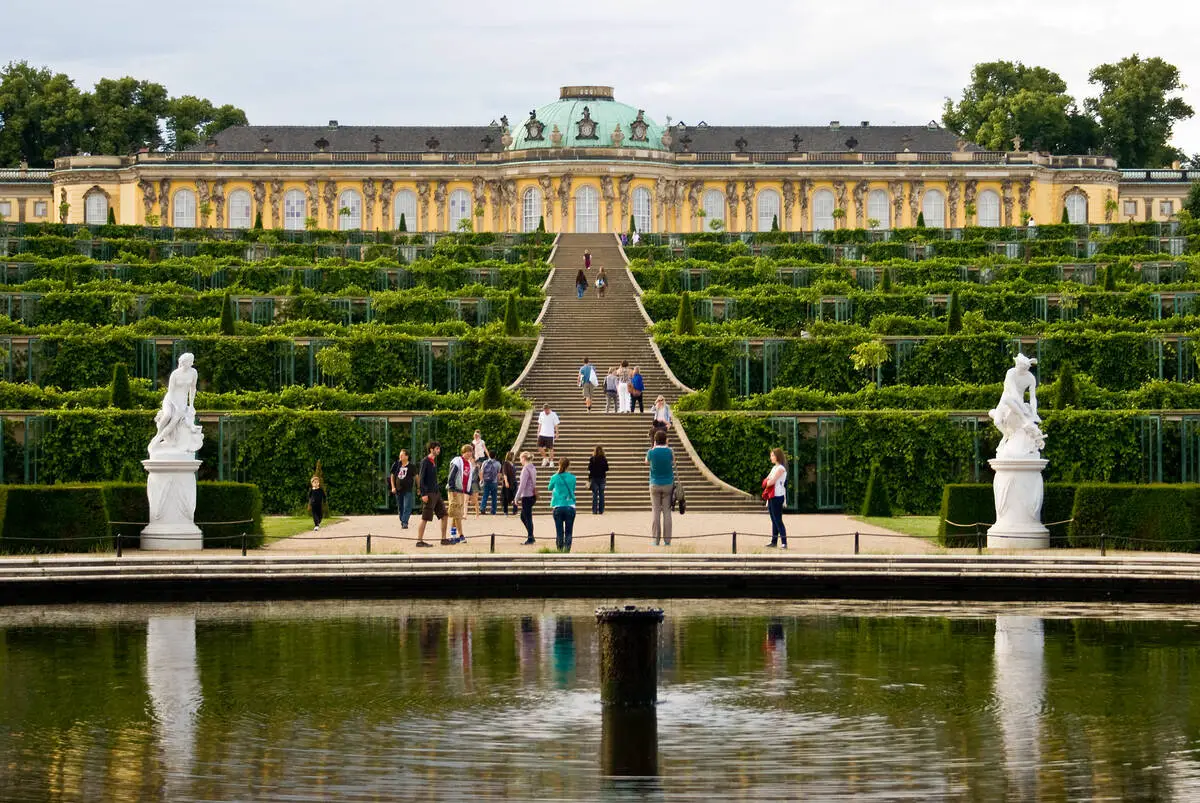
Schönbrunn Palace Gardens
Austria
Very impressive gardens in an area with sculpted relief. In the park are many buildings, sculptures, and other architecture, including the enormous Gloriette monument, orangery, and a palm house. Park includes a botanical garden with an enclosure for orangutans.
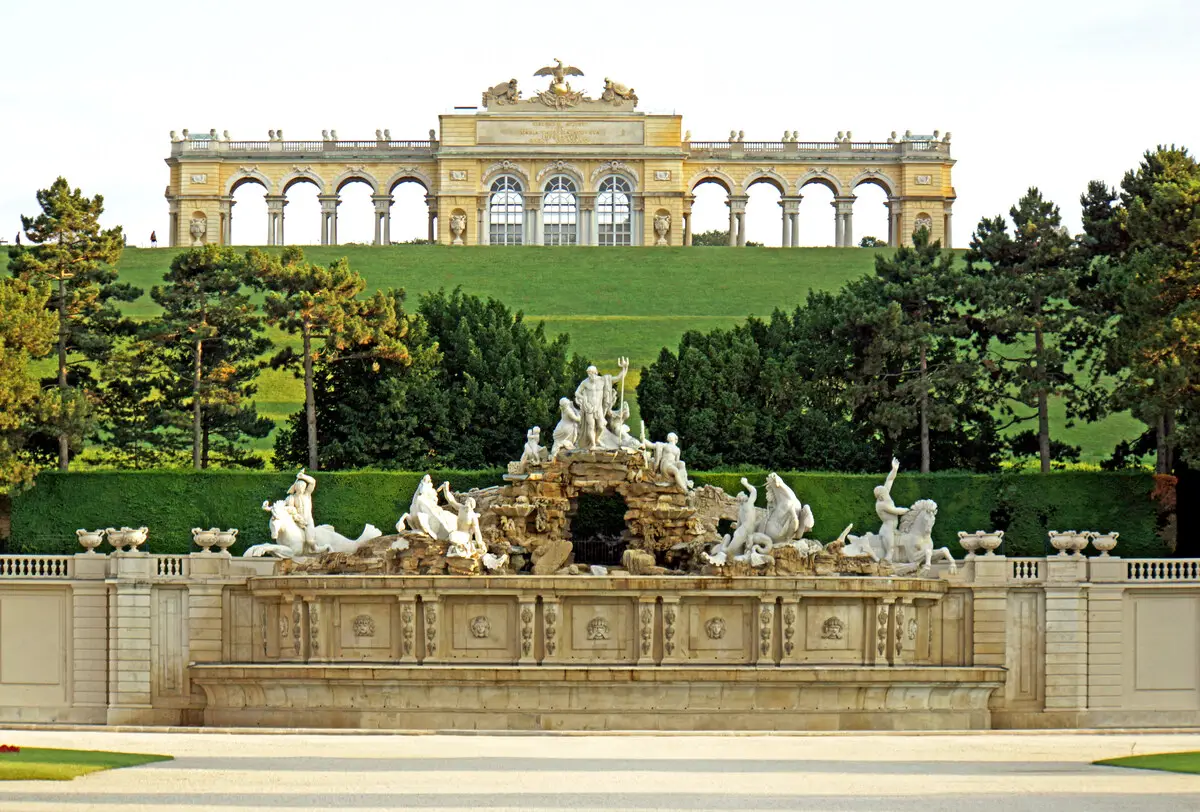
North America
Xochimilco
Mexico
Unique monument of urban planning inherited from Aztec times. Here has been preserved the network of ancient channels with chinampas – island gardens. Channels are traveled by special boats – trajineras. Channels and islands contain endemic plants and animals including a unique salamander – axolotl (Ambystoma mexicanum).
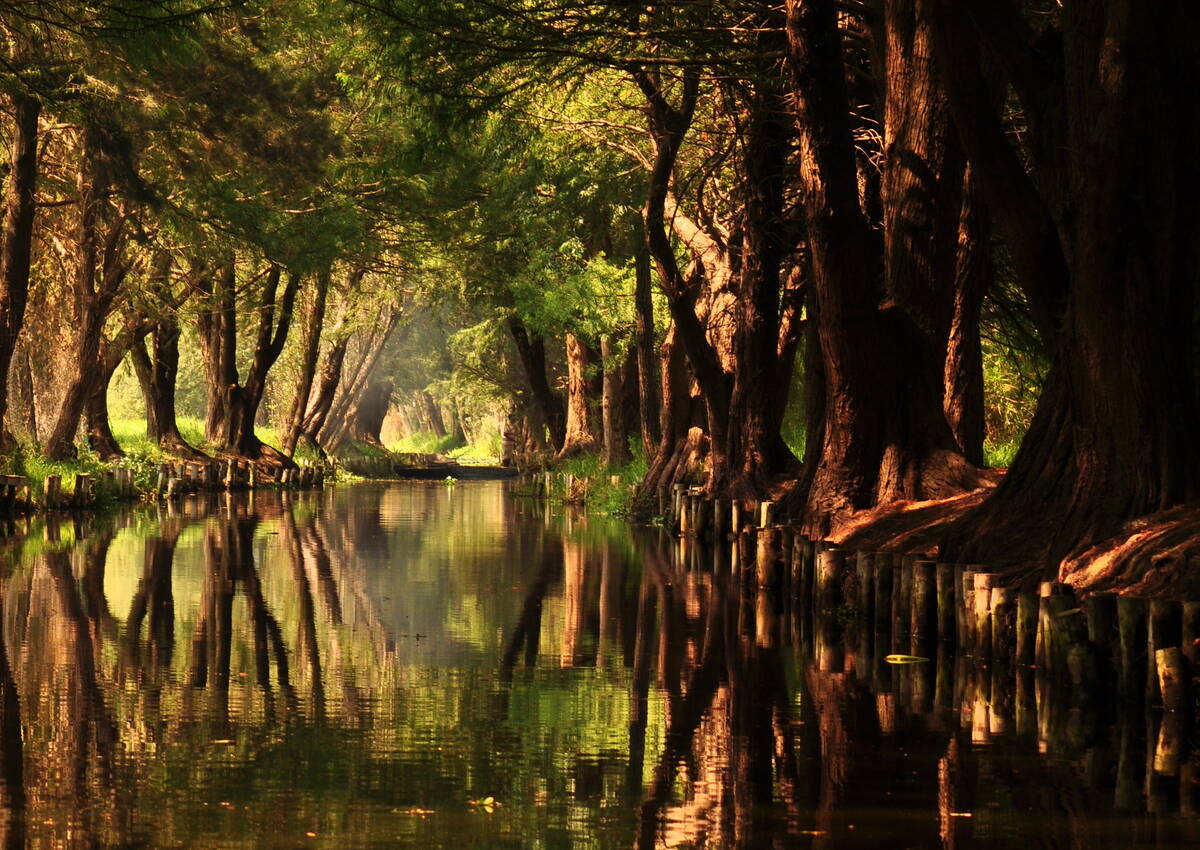
Las Pozas (Xilitla)
Mexico
A unique park in surrealist style, created by Edward James in the early 1940ies – 1980ies. Park basically is a very picturesque rainforest with numerous waterfalls and surrealist sculptures.
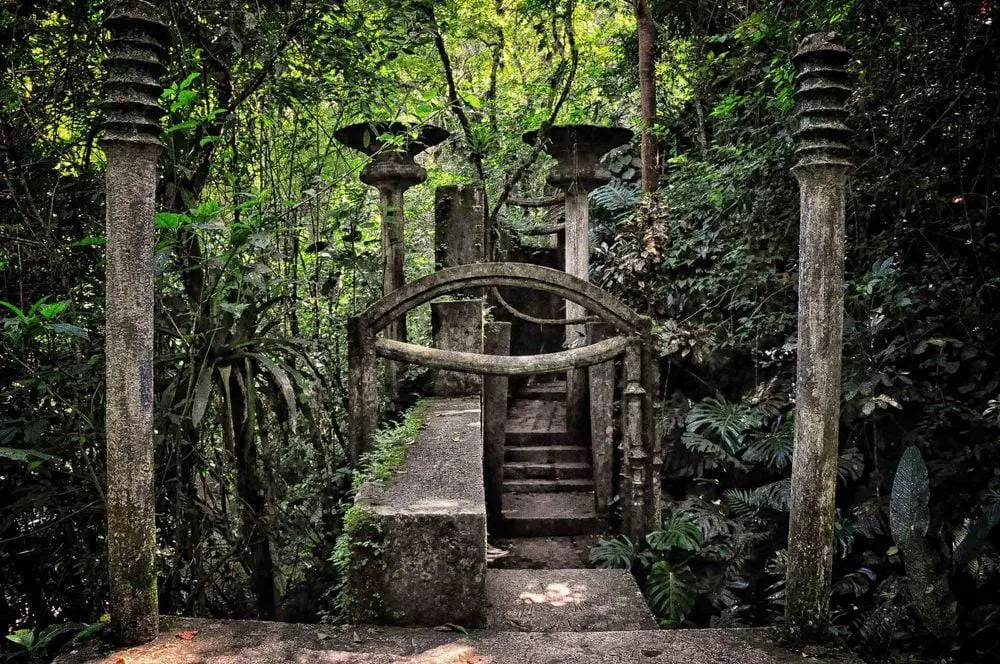
 Recommended books
Recommended books
The Most Beautiful Gardens in the World
A pictorial tour of thirty-two public and private gardens celebrates their history and diversity and includes Majorelle in Morocco, the Versailles gardens outside Paris, the Keukenhof flower show park in The Netherlands, and the Huntington Gardens in California. 12,500 first printing.
Amazing Gardens of the World
From the gardens of the Palace of Versailles to Beatrix Potter’s garden in the Lake District, from Monet’s garden in France to the Tivoli Gardens in Rome, from the Japanese garden in Portland, Oregon, to city gardens in Tokyo, this book is a wide-ranging celebration of all types of gardens around the globe.

